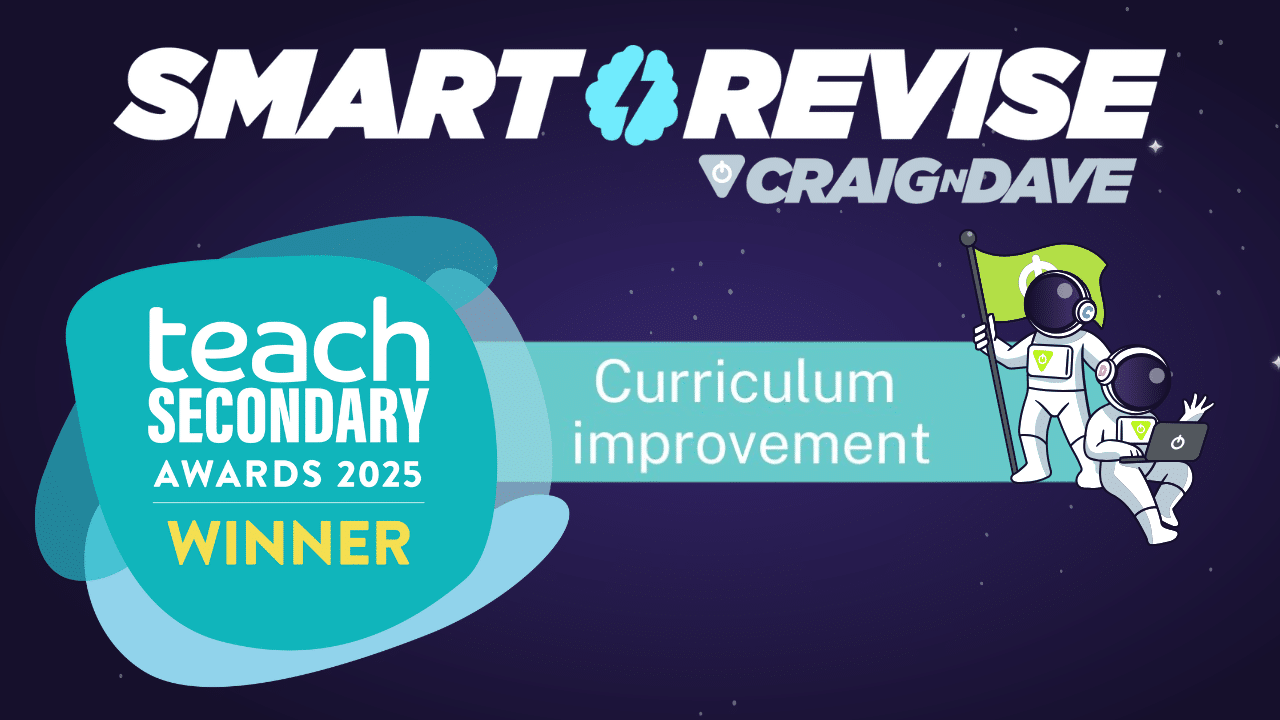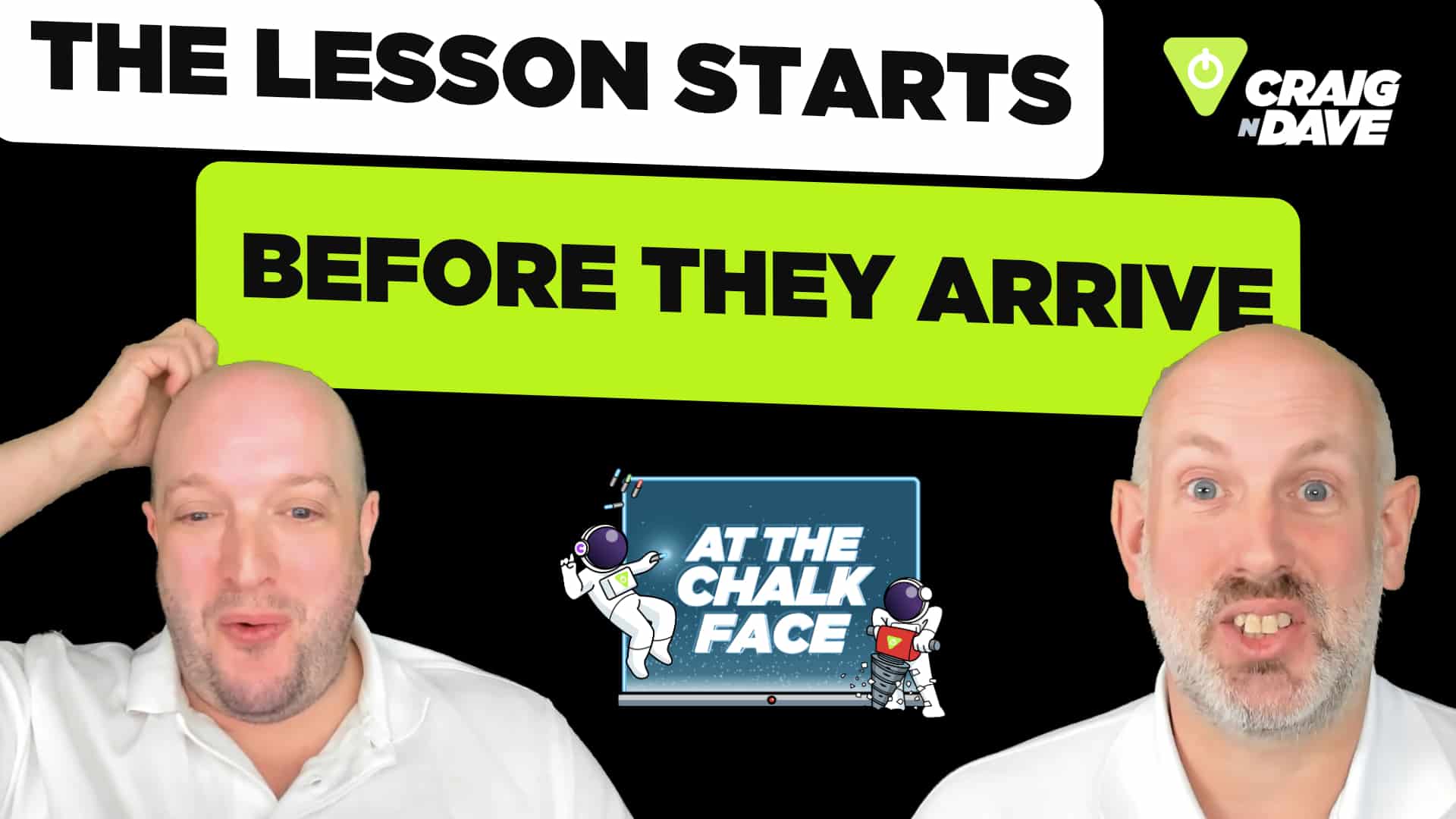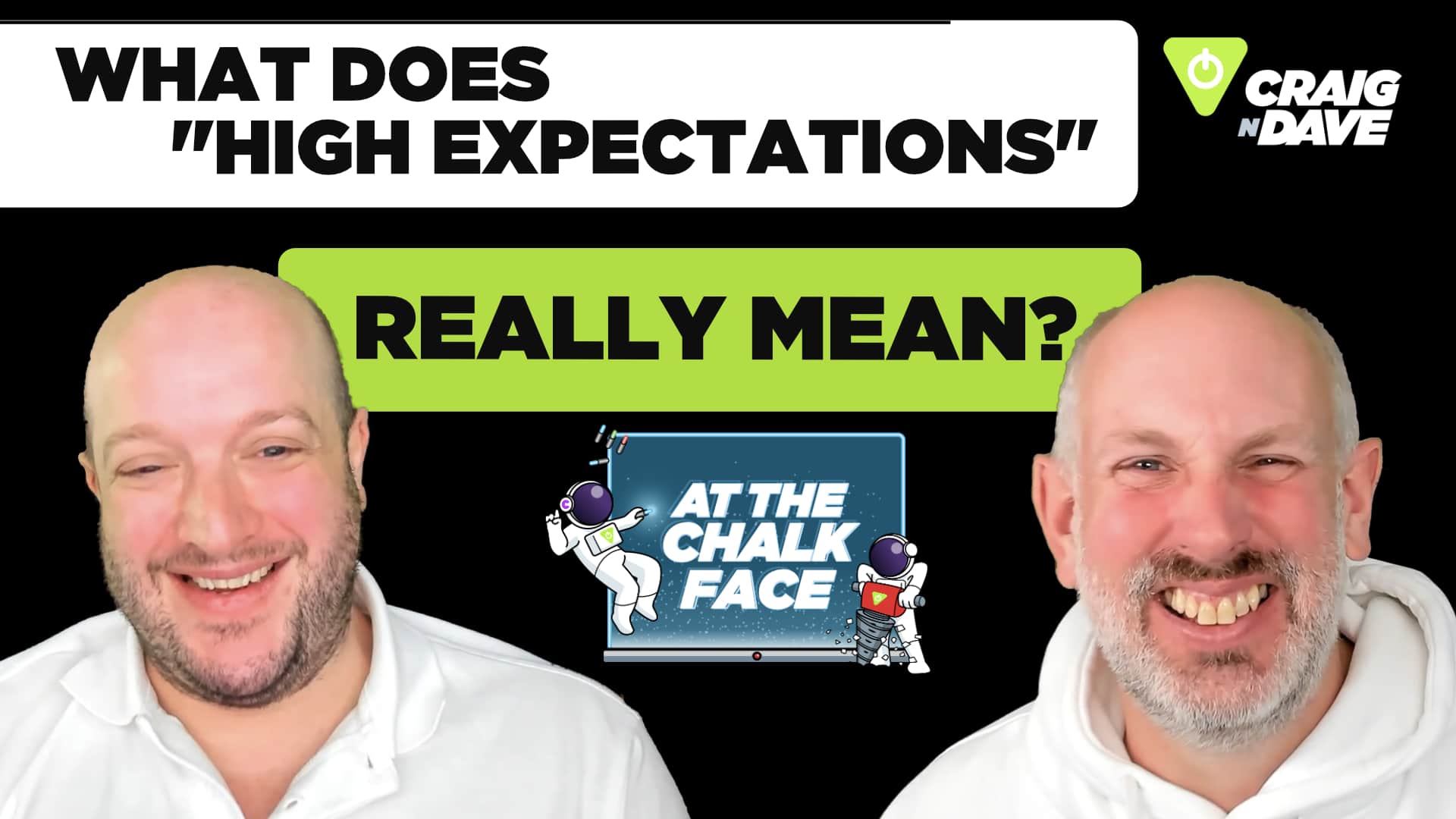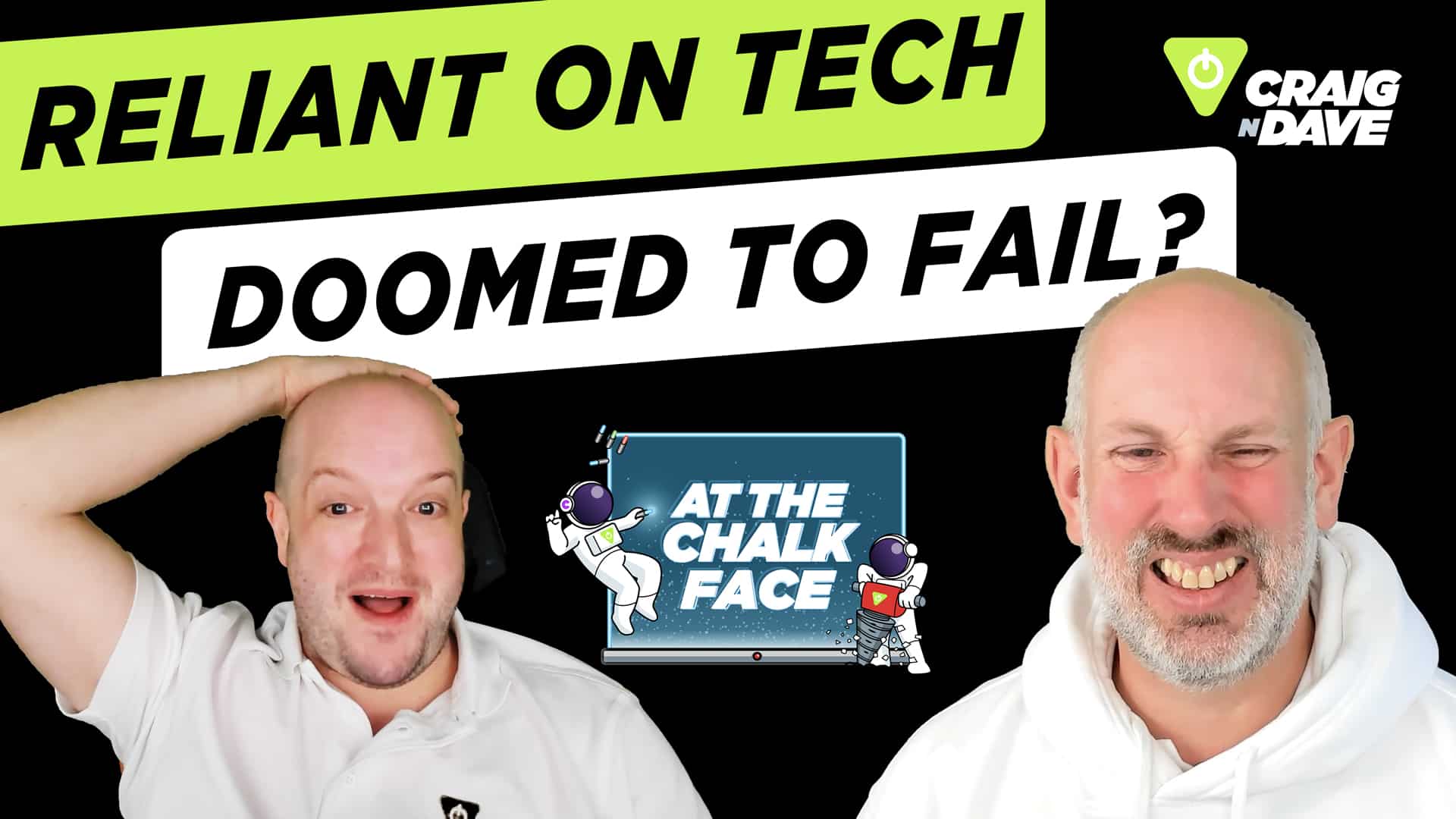
4 March 2025
Students have three flight paths that show their progress with the content in Smart Revise. The blue line shows progress with Quiz (multiple choice), pink is Terms (definitions) and green is Advance (written answers).

Selecting “expand” will show the student a more detailed daily breakdown too. Each dot representing a day they logged in and used Smart Revise.

Teachers can see the flight path for each student in their analytic reports, and the more detailed view by selecting “Load full data”. A top tip is to hover over a dot to see the date and the progress on that date.
Students should aim to be in the green “target cone” at all times, and the teacher can set the parameters for that in the class and individual student settings.
Quiz progress
Every time a student answers a Quiz question correctly the count for that question increases by one. The algorithms will reprioritise the question in the queue, but each question can be answered correctly up to three times to count towards flight path data. So, think of each question being worth 0-3 points. If a question is answered incorrectly, it is given a much higher priority, so will be more likely to be shown again in the near future but will also have its count reset to zero. This is the reason that flight paths can go down too.
If a course has 600 questions and the student has answered every question correctly three times, that would be 1800 points or 100%. Imagine a student that has mastered 75 questions (that means correct three times in a row), 20 questions answered correctly twice, 10 questions answered correctly once, and 8 questions answered incorrectly. Their progress on Quiz can be calculated as:
(75 * 3) + (20 * 2) + (10 * 1) = 275. If there are 600 questions in the set, the maximum is 1800, so 275 is 15%.
Remember that Quiz questions asked in a task also contribute to flight path progress when the marks are released to the students.
Terms progress
Each term can be self-assessed by the student as red, amber or green. Only green terms count for the flight path so if there are 200 terms and the student has 30 marked green then their progress on Terms would be 15%.
When terms definitions are asked in a task, the student must score full marks for the term to be recorded as green and have a positive effect on the flight path. Anything less and the answer won’t count.
Advance progress
Advance is much more complex. Questions are tagged as easy, medium or hard and students must have answered a range of questions across the three difficulties to achieve 100%. They do not need to answer every question to achieve 100%, but they cannot answer all the easy questions for example without their progress being capped.
We aim for students to be “exam ready”. In classic revision that would mean having attempted and received high marks across a range of past papers. Smart Revise captures this by ensuring students must have achieved a given number of marks in easy, medium and hard questions to achieve 100% progress. For example, that could be 100 marks of easy questions, 100 marks of medium questions and 100 marks of hard questions. Every mark is worth a point. The harder questions are worth more marks, and therefore there are more flight path points to be gained.
The target cone
The green area on the flight path is known as “the target cone”. The cone starts at a date decided by the teacher and extends to the end of the course. Students should be aiming to be within this green target cone at all times. By default, the lower line at the bottom of the flight path, known as the minimum expectation line is set to 60% and the line at the top of the target cone, known as the aspiration line is set to 80% at the end of the course. That means to be within the target cone at the end of the course students must have completed 60-80% of the content within Smart Revise.
The flight path start date, minimum expectation and aspiration target can be set by the teacher at a whole class level or it can be different for each student. Read our helpdesk article to find out more:
How do I view flight path data or change the settings?
How much engagement do students need to be within the target cone?
This is a difficult question to answer because it depends on the minimum and aspiration target. The more students use Smart Revise the greater their progress will be. Generally speaking, 35-50 Quiz questions per week for GCSE students and 40-70 questions for an A level student should enable them to achieve 100% by the end of the course if they begin within the first two months of starting the course. Essentially, if a student is below the target cone they should do more, and if they are within the top half of the target cone they are doing well. So the target is really, “be within your green target cone”. If this isn’t challenging enough, increase the minimum expectation in the class configuration settings.
All the questions students answer in Tasks also counts towards progress on their flight path once the marks are released to students. This may cause their position to go up or down!
Progress and grades
There is a clear positive correlation between the number of marks a student achieves in Smart Revise and the number of marks they are likely to achieve in a real exam. It stands to reason, the more revision and practice of questions they do the better a student will perform in an exam. However, progress in Smart Revise and grade boundaries are not related. It is not possible to say that 60% progress is the same as 60% in an exam. Therefore, we advise caution when interpreting the data in that way. See flight paths more as an indicator of how much students are using Smart Revise and how well they are answering questions. I.e. the amount of content they have seen and their confidence.
Of course, it is possible to set flight path targets to match target grades based on exam grade boundaries, and this is a good starting point, but always raise expectations with the flight path. Set the minimum and aspiration targets in Smart Revise to be higher than target grades.
Curious to learn more about Smart Revise or try it for free? You can get all the details HERE.
Be sure to visit our website for more insights into the world of technology and for the best teaching resources for computer science and business studies.
Stay informed, stay curious!










